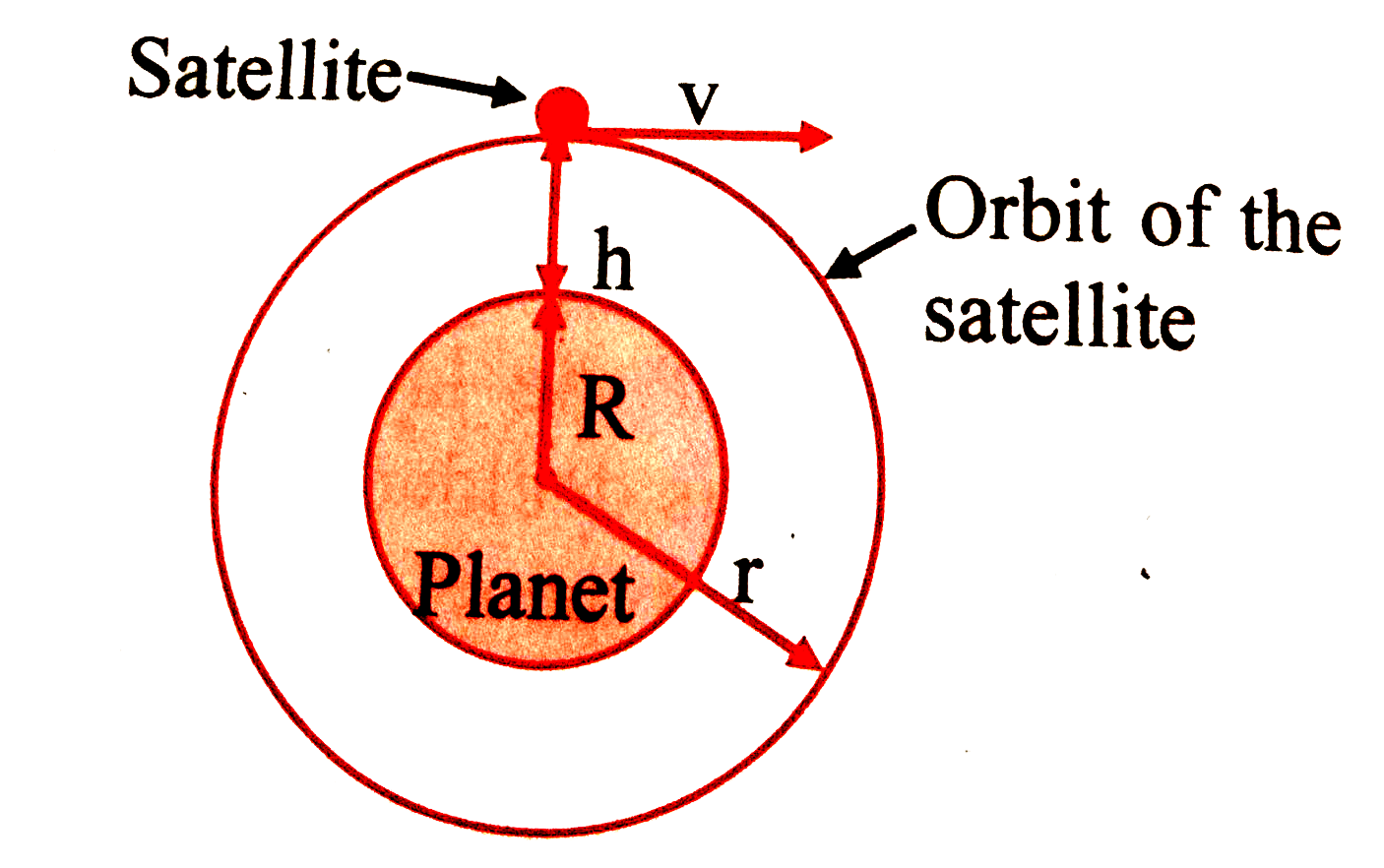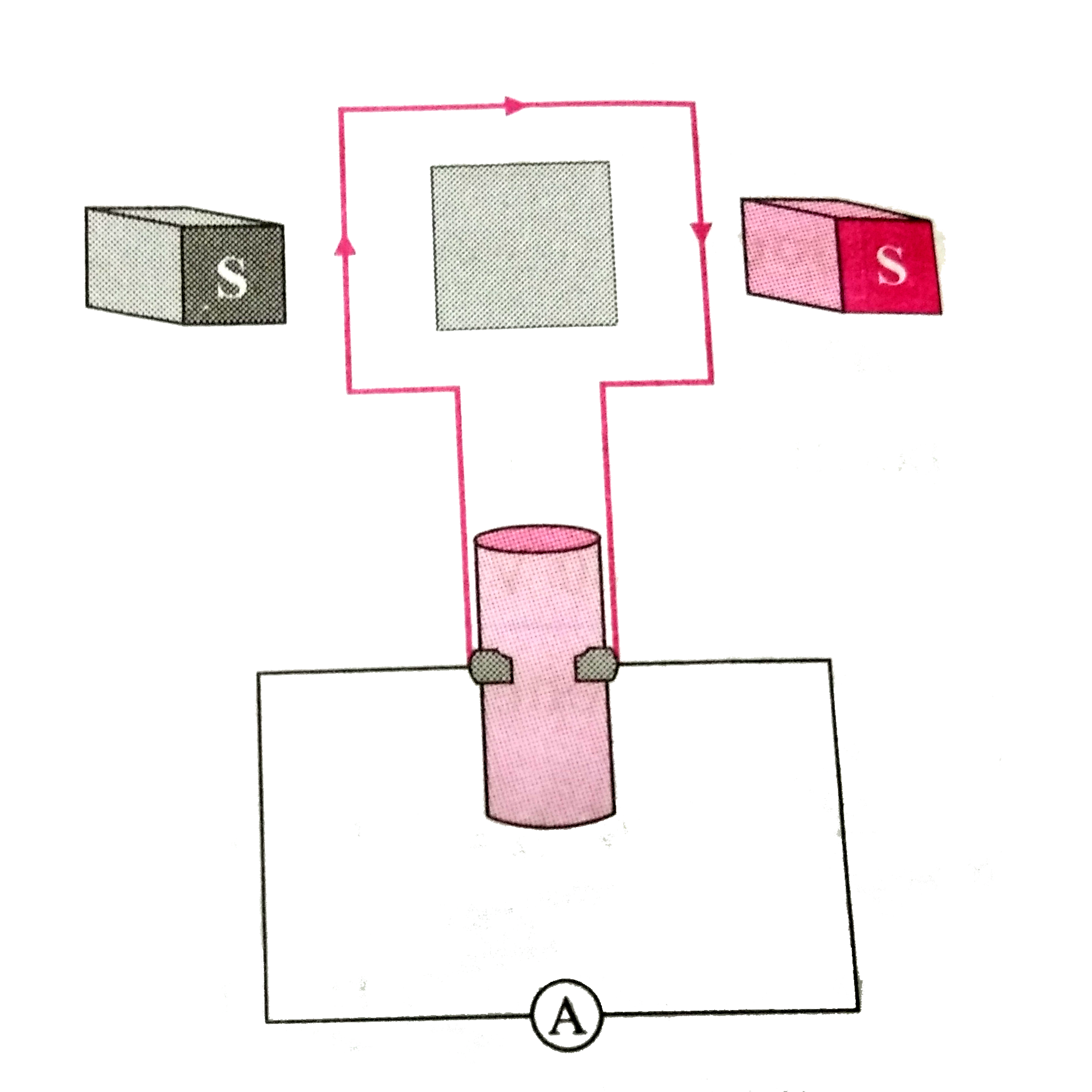Observe the following figure and answer.
(i) What is shown by this figure?
(ii) What is depicted by labels A,B,C,D and E.

(a) Figure is showing virous modes of transmission of pathogens (infectious agents).
(b) A-Direct airborne, B-Carried in air with droplets (of cough and sputumof infected person) , C-Airborne via hands, D-Some bacilli (bacteria) and viruses withstand drying and E- Carried in air with dust.
Topper's Solved these Questions
- WHY DO WE FALL ILL?BOOK - LAKHMIR SINGH & MANJIT KAURCHAPTER - WHY DO WE FALL ILL?EXERCISE - MCQ_TYPE
2 Videos
- WHY DO WE FALL ILL?BOOK - LAKHMIR SINGH & MANJIT KAURCHAPTER - WHY DO WE FALL ILL?EXERCISE - COMMUNICATION SKILL -BASED QUESTIONS
1 Videos
- TISSUESBOOK - LAKHMIR SINGH & MANJIT KAURCHAPTER - TISSUESEXERCISE - Long Answer Questions (Carrying 5 marks each)
1 Videos
Similar Questions
Observe the following diagram and answer the questions:

What is the velocity v shown in the figure called gt
View SolutionWhat does the following figure depict?

View Solution
Observe the above figure and answer the following questions
(i) What does the figure represent ?
(ii) Label A, B, C, D, E and F
View SolutionObserve the figuer aside and label it properly.
a. What is the figure related to?

View SolutionObserve the given figure and answer the following question :
What is the type of reaction involved ?
View SolutionObserve the figure and answer the question.

Draw the figure again and labelled it properly.
View SolutionObserve the following figure and answer the questions.

(a) Identify and label the parts A, B and C.
(b) Give the functions of A.
(c) Write a note on functions of B.
View SolutionObserve the figure and answer the following questions :
(a) What does the figure shows ?
(b) Label A, B and C
(c) Write the functions of A and C
(d) Which part is responsible for increase in growth of internode.

View SolutionObserve the figure and answer the following question.

Identify the machine shown in the figure.
View SolutionGiven below is a figure of an ecosystem. Answer the following questions?

(i) What type of ecosystem is shown in the figure?
(ii) Name any plant that is characteristic of such ecosystem.
View Solution
